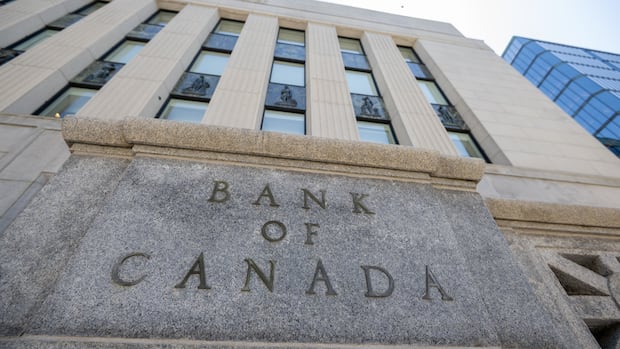
"Interest is what consumers or institutions pay to borrow money. It's also what a bank might pay a client for leaving money in their account. When you take out a loan, "you'll be given the cash and you will need to repay a little bit of that loan over time, said Andrew DiCapua, principal economist at the Canadian Chamber of Commerce in Ottawa. "Some of what that repayment includes is interest.""
"Commercial banks like RBC, Scotiabank, TD Bank, CIBC and BMO use "prime rates," which are their starting rates to charge consumers who borrow money. That rate is usually combined with a percentage that is calculated based on a person's creditworthiness. Commercial banks generally set their 'prime rate' near the Bank of Canada's benchmark rate. (The Canadian Press) Those prime rates are guided by the Bank of Canada's overnight interest rate a tool that central banks use to keep inflation in check."
Bank of Canada lowered its key interest rate to 2.25 percent, continuing a rate-cutting cycle that began in June 2024. Interest is what consumers or institutions pay to borrow money and what banks may pay clients for deposits. Commercial banks set prime rates as starting points for consumer lending and generally align prime with the Bank of Canada's benchmark. The Bank's overnight interest rate is a tool to keep inflation in check; higher benchmark rates discourage borrowing and spending. Lower benchmark rates make borrowing cheaper, often encouraging spending and economic growth. Lower rates affect different parts of the economy, so the central bank balances potential growth against inflation.
Read at www.cbc.ca
Unable to calculate read time
Collection
[
|
...
]